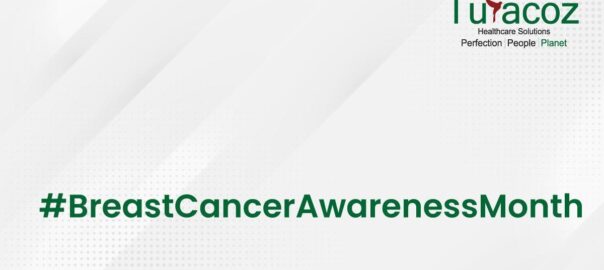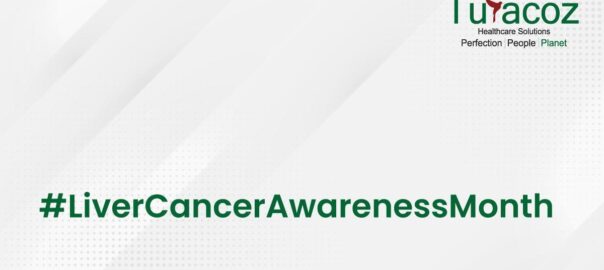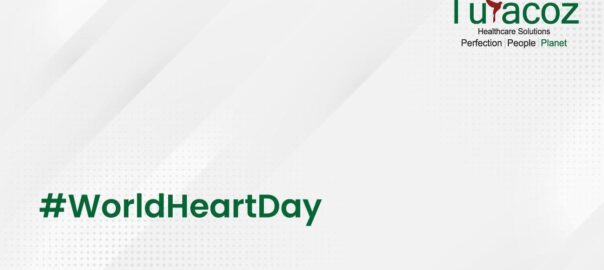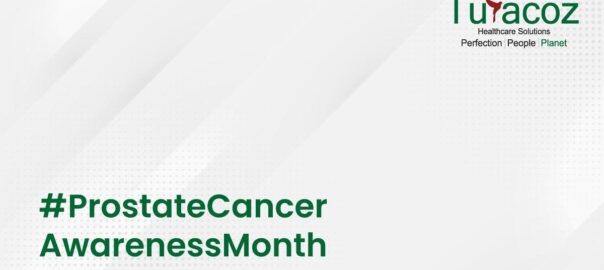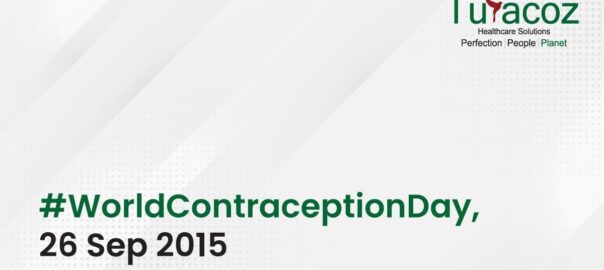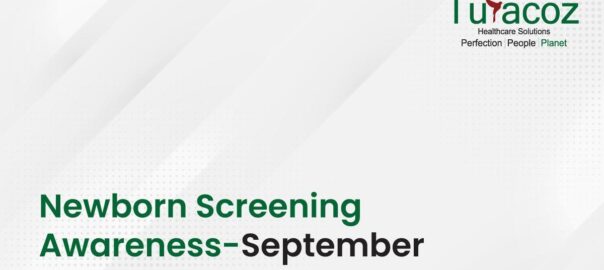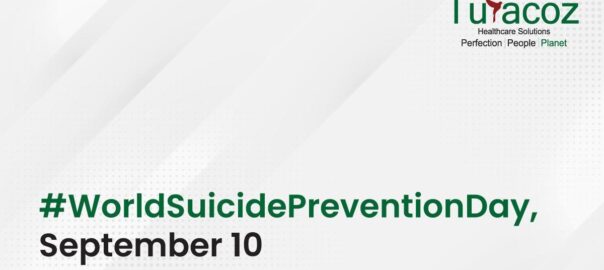Since 1997, October 20, is observed as the “World Osteoporosis Day” for raising global awareness on the prevention, diagnosis and treatment of osteoporosis and metabolic bone disease.Every year, International osteoporotic foundation (IOF) launches a year-long campaign dedicated to awareness about osteoporosis that features a specific theme. The 2015 campaign theme is Serve Up Bone Strength, to support the cause, IOF suggest to wear white on October 20 and embrace better bone health. Even though, this year, the World Osteoporosis Day campaign focuses on nutrition of bones, it should be noted that different factors contribute to good bone health and osteoporosis prevention. These include healthy lifestyle, sufficient exercise and osteoporosis treatment for those at high risk. Hence these factors should not be neglected while setting up healthy bones goals.
Bones are living tissues that provide supportive structure to our body, and prevent delicate internal organs from getting damaged by external forces. For optimal functioning of the designated role, bones require nourishment throughout the life. Faulty dietary practices, inadequate nourishment, and sedentary lifestyle in early years of life increases the chances of having weakened bones or osteoporosis in old age.
Osteoporosis is a preventable disease, adequate nutrition and physical activity are the key for building strong bones throughout life and avoiding osteoporotic fractures. The size and the amount of bone contained in a skeleton changes significantly throughout life. Similarly, as the person ages, the specific nutritional needs of his/her skeleton change too. Hence, the rapidly evolving nutritional requirements of the bones should be aptly matched with the diet of the individual. The prime objective of following a bone healthy diet is to help; children and adolescents build maximum peak bone mass, adults maintain healthy bones and avoid premature bone loss, and elderly sustain mobility and independence.
Fundamentals for building healthy bones starts early, from when a baby develops in the womb and during childhood and adolescence, a time when half of a person’s bone mass is accumulated. Therefore, osteoporosis has been termed as ‘a paediatric disease with geriatric consequences’: the consequences of not maximizing the skeleton’s genetic potential in youth become apparent at older age, that clinically manifest as brittle bones and high risk of fractures.
Calcium, Vitamin-D, and proteins are the key nutrients that build up strong bones. Calcium is the building block for bones, 99% of total body calcium is found in bones. Neglecting calcium from diet can lead to negative health outcomes. Dairy foods (milk, yoghurt, cheeses) are the most readily available sources of calcium in the diet, they also contain other important nutrients for growth. Additional food sources include certain green vegetables, whole canned fish with soft, edible bones such as sardines or pilchards, nuts and tofu set with calcium. Vitamin-D is another important nutritional factor required for healthy bones. It regulates calcium absorption from food in the intestine and mineralization of bone. Though sunlight is the most abundant source of Vitamin-D, yet it can also be obtained from vitamin –D fortified food like margarine, breakfast cereals. Protein is indirectly related to bone health. Low protein intake is harmful for the building of peak bone mass during childhood and adolescence. Protein deficiency in elderly is detrimental for the preservation of bone mass. Other micronutrients that are significantly important in building healthy bones include; magnesium, zinc, and vitamin –K.
Turacoz healthcare Solution urges all of you to spread the awareness about the importance of bone strength and the role of nutrition to build bone strength. We look forward to collaboration or associations with other agencies/companies with similar goals and aspirations. Our team comprises of medical writers, clinicians, researchers and biostatisticians. Our clients include major pharmaceutical companies, hospitals and healthcare professionals. Our experience has been in supporting publications, creating regulatory documents, conducting observational studies, designing and creating for print and digital marketing as well as customizing sessions on medical writing.


